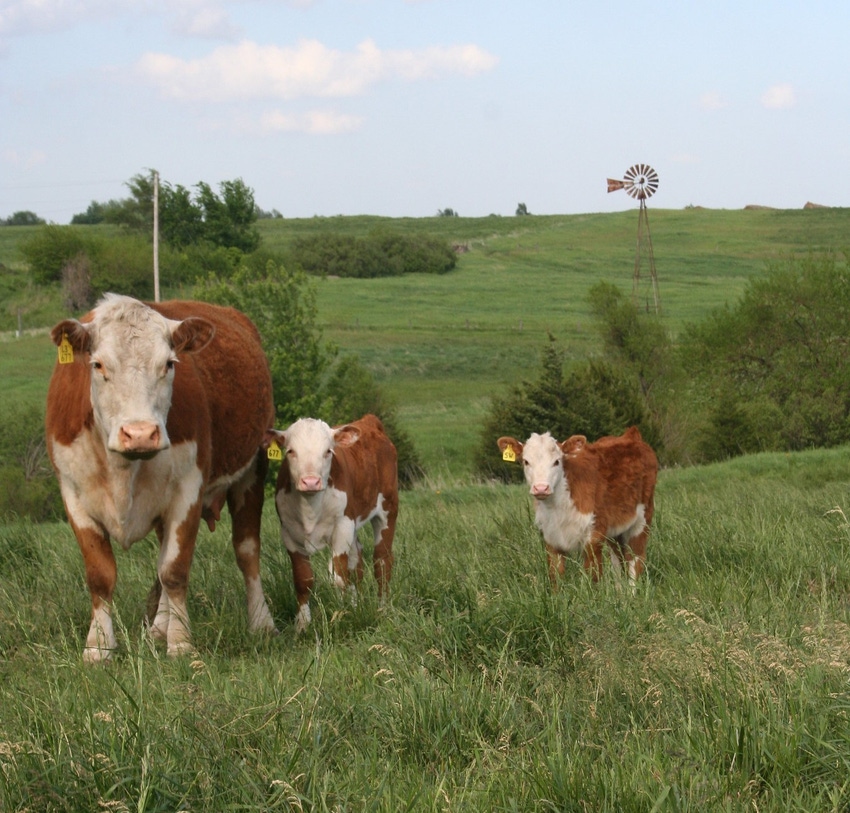Professional Support: Bagley Risk Management Approaches
Professional Support: Bagley Risk Management Approaches
Blog Article
Comprehending Animals Threat Security (LRP) Insurance Policy: A Comprehensive Overview
Navigating the realm of animals threat security (LRP) insurance policy can be a complex undertaking for many in the farming industry. From exactly how LRP insurance policy operates to the various insurance coverage alternatives readily available, there is much to uncover in this extensive guide that might potentially shape the means animals producers come close to threat management in their companies.

Exactly How LRP Insurance Coverage Works
Sometimes, recognizing the auto mechanics of Animals Threat Protection (LRP) insurance can be complex, but breaking down how it works can provide quality for breeders and farmers. LRP insurance is a danger management device created to secure animals manufacturers against unexpected cost declines. It's important to keep in mind that LRP insurance coverage is not an earnings assurance; instead, it focuses entirely on price risk security.
Qualification and Coverage Options

When it pertains to insurance coverage choices, LRP insurance policy uses producers the versatility to choose the coverage degree, insurance coverage duration, and recommendations that ideal fit their threat administration requirements. Insurance coverage degrees generally vary from 70% to 100% of the expected ending value of the insured animals. Producers can likewise select protection durations that align with their manufacturing cycle, whether they are guaranteeing feeder cattle, fed livestock, swine, or lamb. Recommendations such as rate risk protection can even more personalize coverage to shield against negative market variations. By understanding the qualification criteria and protection options offered, livestock producers can make enlightened decisions to manage risk efficiently.
Benefits And Drawbacks of LRP Insurance Policy
When examining Animals Risk Security (LRP) insurance, it is vital for animals manufacturers to evaluate the advantages and negative aspects inherent in this risk monitoring tool.

One of the main advantages of LRP insurance coverage is its capacity to provide security versus a decline in animals costs. Furthermore, LRP insurance policy supplies a degree of flexibility, enabling producers to personalize coverage degrees and plan periods to match their details demands.
However, there are likewise some disadvantages to think about. One restriction of LRP insurance is that it does not safeguard against all sorts of risks, such as illness break outs or natural catastrophes. Premiums can occasionally be costly, particularly for producers with large animals herds. It is crucial for producers to carefully analyze their individual risk direct exposure and economic situation to determine if LRP insurance policy is the right danger administration device for their procedure.
Understanding LRP Insurance Policy Premiums

Tips for Optimizing LRP Advantages
Maximizing the advantages of Animals Danger Defense (LRP) insurance coverage requires critical preparation and positive danger administration - Bagley Risk Management. To make the many of your LRP protection, take into consideration the complying with suggestions:
Frequently Evaluate Market Conditions: Remain Get the facts notified about market fads and cost variations in the animals market. By keeping track of these variables, you can make informed decisions about when to buy LRP coverage to safeguard versus potential losses.
Set Realistic Insurance Coverage Levels: When choosing coverage levels, consider your production expenses, market price of animals, and prospective risks - Bagley Risk Management. Establishing sensible insurance coverage levels makes sure that you are effectively safeguarded without paying too much for unnecessary insurance policy
Diversify Your Insurance Coverage: Instead of relying exclusively on LRP insurance policy, think about diversifying your threat administration strategies. Incorporating LRP with other threat management devices such as futures contracts or options can offer comprehensive insurance coverage against market uncertainties.
Review and Change Insurance Coverage Frequently: As market problems alter, occasionally assess your LRP coverage to guarantee it aligns with your existing risk exposure. Readjusting insurance coverage degrees and timing of acquisitions can assist maximize your threat security technique. By complying with these tips, you can make best use of the advantages of LRP insurance coverage and safeguard your livestock operation against unforeseen dangers.
Verdict
To conclude, animals danger defense (LRP) insurance coverage is a beneficial tool for farmers to manage the monetary threats related to their livestock operations. By comprehending just how LRP works, qualification and protection choices, as well as the pros and cons of this insurance policy, farmers can make informed choices to secure their incomes. By thoroughly taking into consideration LRP premiums and carrying right here out methods to make best use of benefits, farmers can reduce possible losses and guarantee the sustainability of their operations.
Livestock manufacturers interested in obtaining Livestock Danger Protection (LRP) insurance coverage can discover a variety of qualification requirements and protection options tailored to their certain animals procedures.When it comes to protection choices, LRP insurance supplies manufacturers the versatility to choose the coverage level, coverage period, and endorsements that ideal fit visite site their risk monitoring needs.To understand the details of Animals Risk Defense (LRP) insurance policy fully, understanding the aspects influencing LRP insurance coverage costs is critical. LRP insurance coverage premiums are figured out by various components, including the insurance coverage degree picked, the anticipated price of livestock at the end of the coverage period, the type of animals being guaranteed, and the size of the coverage duration.Evaluation and Readjust Protection Routinely: As market problems alter, regularly assess your LRP insurance coverage to ensure it aligns with your present danger exposure.
Report this page